From reading an unnerving client email to dealing with an unruly employee, sometimes it’s as if you’re stuck under a cloud. However, regardless of how many negative situations are thrown your way, there’s always a way to change your mindset and find that elusive silver lining. Shifting your perspective, even if just slightly, can drastically shape your outlook on life’s partly-cloudy moments. That’s the power of cognitive reframing.
What is Reframing?
Reframing is the cognitive practice of acknowledging and changing negative thoughts. This shift in perspective can change the way you view all of your negative experiences, including emotions, ideas, interactions, and events. In fact, this glass-half-full perspective can provide you with self-compassion, forgiveness, acceptance, and a means of moving forward, according to the Attention Deficit Disorder Association. Research from the University of Guelph confirms this in that mindful reframing, or positive reappraisal, can increase positive emotions and forgiveness in interpersonal conflicts.
Reframing can help in situations where you feel:
Overworked
You’re upset because your boss has been constantly dumping more assignments on you. Instead of resenting her because it feels like she’s working you to death, consider that your efforts can be learning experiences. Or, maybe your boss is pushing you because she sees potential. Furthermore, perhaps she knows you’re the only one who can accomplish these tasks effectively.
Unlucky
You’ve just been laid off from a job. Understandably, your mind is probably percolating with thoughts of financial struggles, doubt, and maybe even bitterness. However, there is a way to capitalize on this newfound free time. Take it as an opportunity to spend more time with your family, catch up on loose ends around the house, and explore a new career path or hobby that you might not have otherwise investigated.
Worried
One of your employees suddenly gets up and walks out of your office when you provide him with his next assignment, and you’re concerned he is no longer satisfied with his position. Rather than immediately brainstorming how you’ll find your next employee, questioning your managerial style, or doubting your social skills, think about it differently.
Perhaps your employee needed to use the restroom, was getting an emergency phone call, or needed to stretch his legs for a moment. Or, if he was reacting poorly to receiving a new assignment, take it as a good sign that this problem came to light sooner rather than later. While an unwarranted reaction is not ideal, at least it’s an addressable problem now.
Changing the way you think about an event can open your eyes to alternative possibilities and causes. Though there is a chance your speculations might be inaccurate, the same could be said about your initial interpretation. Plus, reframing the situation can help you refrain from dwelling on it.
It is important to mention, though, that reframing and rationalizing are not the same thing. Reframing is accomplished by acknowledging a negative situation or mistake and then learning to find the positives, whereas rationalizing is intentionally making a poor choice and then trying to justify your actions.
Further, reframing isn't about ignoring unfortunate events, it's about accepting them while discovering a new perspective—one that highlights new learning opportunities, positive outcomes, and hopefulness. What’s more, shifting your point of view from a negative one to a positive one can actually improve your health. According to research from Johns Hopkins Medicine, people with a positive mental attitude are 13% less likely to have a heart attack than their glass-half-empty counterparts.
How Can I Shift My Perspective?
When you find yourself in a downward spiral, remember that your initial interpretation of the issue at hand probably doesn’t encompass the entire story. No matter how clear-cut you think your circumstances are, you’re only ever looking at it from one point of view: your own. To reframe a situation, ask yourself:
“What are other reasons this could have happened?”
“How can I tackle this problem to make it a learning experience?”
“What advice would I give someone else if they had this problem?”
“What are the positives of this situation?”
By turning problems into actionable challenges, you have the power to conquer life’s greatest obstacles. Alternatively, you can use cognitive reframing to try to perceive situations differently. For example, you may try to view:
The impossible as a possibility
A struggle as an opportunity
A weakness as a strength
Oppression as neutrality
Unkindness as ignorance
During emotionally turbulent times, it is easy to jump to conclusions, which is counterintuitive to considering alternative viewpoints. Even still, intense emotions make people react poorly to a given situation, which only exacerbates the problem. That’s why the most effective steps for changing your perspective in these moments are to pause, take a deep breath, and reflect. Remember that all emotional states are temporary.
It should be noted that if you're suffering from severe depression and/or extremely intrusive thoughts, reframing is not a substitute for psychiatric or therapeutic intervention. Seek professional help under these circumstances.
Who Can Benefit From Cognitive Reframing?
As humans, we are quick to judge and react to seemingly negative situations. Fortunately, cognitive reframing allows us to take a step back and be the devil’s advocate for our own conclusions.
Reframing is especially beneficial for high-stress environments, such as a person’s workplace. Employees and managers alike can experience the benefits of positive thinking and find solace in reframing techniques. For more information on integrating positive thinking and reframing programs into your workplace, reach out to Mindfulness Strategies today.



